Ukraine experienced a brief independence during World War I after the collapse of Imperial Russia and the Austro-Hungarian Empire. Soon, though, it was subsumed into Poland in the west and the Soviet Union in the east.
The years between the establishment of the Ukrainian Soviet Socialist Republic and the German invasion in June 1941 brought their own misery. A famine caused by forced Soviet collectivization of farms resulted in the death of millions of men, women, and children living in Ukraine, which was called “the bread basket of Europe.” Purges targeted intellectuals and Communist Party leaders, and after 1939, Soviet authorities targeted a wide range of “class enemies” in the western territories it annexed according to its agreement with Germany, known as the Molotov-Ribbentrop Pact.
On the eve of the invasion in 1941, the territory of Ukraine in its current internationally recognized borders was home to one of the largest Jewish populations in Europe. The fate of those Jews depended on many factors, including the local occupying authority and whether they were among the very few evacuated to the interior of the Soviet Union ahead of the invading forces. While scholars are still researching the scale of the Holocaust in Ukraine, they estimate at least one and a half million Jews were killed there. The Museum is in the process of gathering written records and oral testimony to fully tell the story of what happened in Ukraine during the Holocaust.
What we do know is that following the brutal invasion of the Soviet Union by the German military, special forces called Einsatzgruppen arrived with orders to kill civilians perceived to be enemies of Nazi Germany. They divided the local population in the occupied territories of the Soviet Union, identifying the Jews and recruiting local collaborators. Most Jews in Ukraine were shot to death close to where they lived, not deported to distant camps. Their executioners were German but also Ukrainian, Russian, and other local collaborators.
After the war, Soviet authorities tended to minimize the uniquely Jewish tragedy that occurred during the occupation, while in the West the inaccessibility of Soviet archives compelled scholars to write the history of the Holocaust in the East using German documents. Following Ukraine’s declaration of independence from the Soviet Union in 1991, scholars have begun piecing together a more complete history of the Holocaust in Ukraine.
Museum Resources on Ukraine
Holocaust Encyclopedia Articles
Find detailed articles related to the history of the Holocaust in Ukraine. Many articles are also available in Ukrainian and Russian.
Collections
For over 25 years, the Museum has partnered with the Ukrainian State Archives to copy more than 10 million pages of its Holocaust-related records. Digital copies are available online for scholars, historians, family researchers and the public. The collection will continue to grow as additional records are added.
Related Publications
The Museum’s archival collection includes millions of pages of materials from Ukrainian archives and from archives of the former Soviet Union. The Museum's Jack, Joseph and Morton Mandel Center for Advanced Holocaust Studies has supported students and scholars to advance new research, scholarship, and teaching about the Holocaust in the countries of the former USSR.
This Section
Resources and tips to assist you before, during, and after your visit to the Museum
